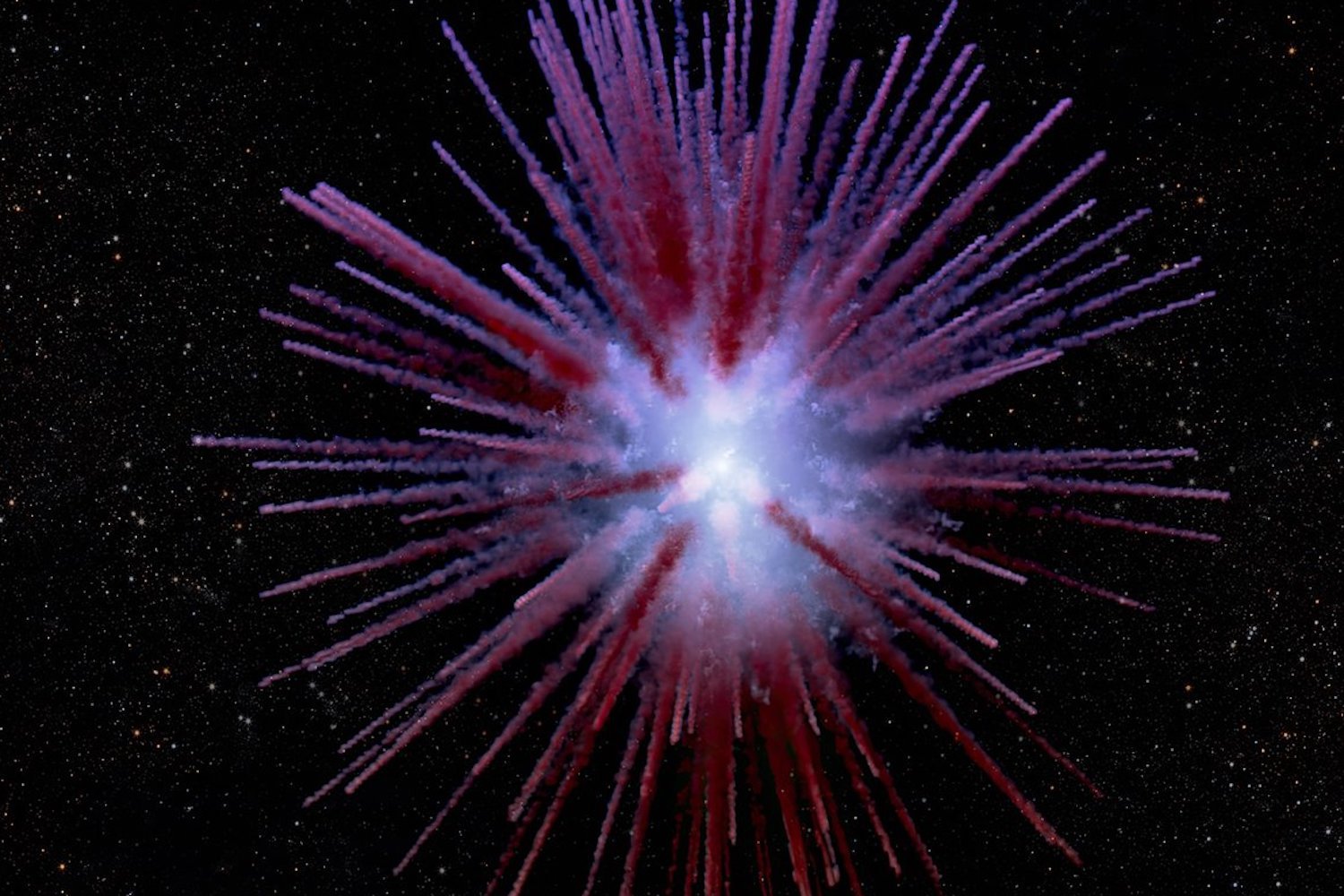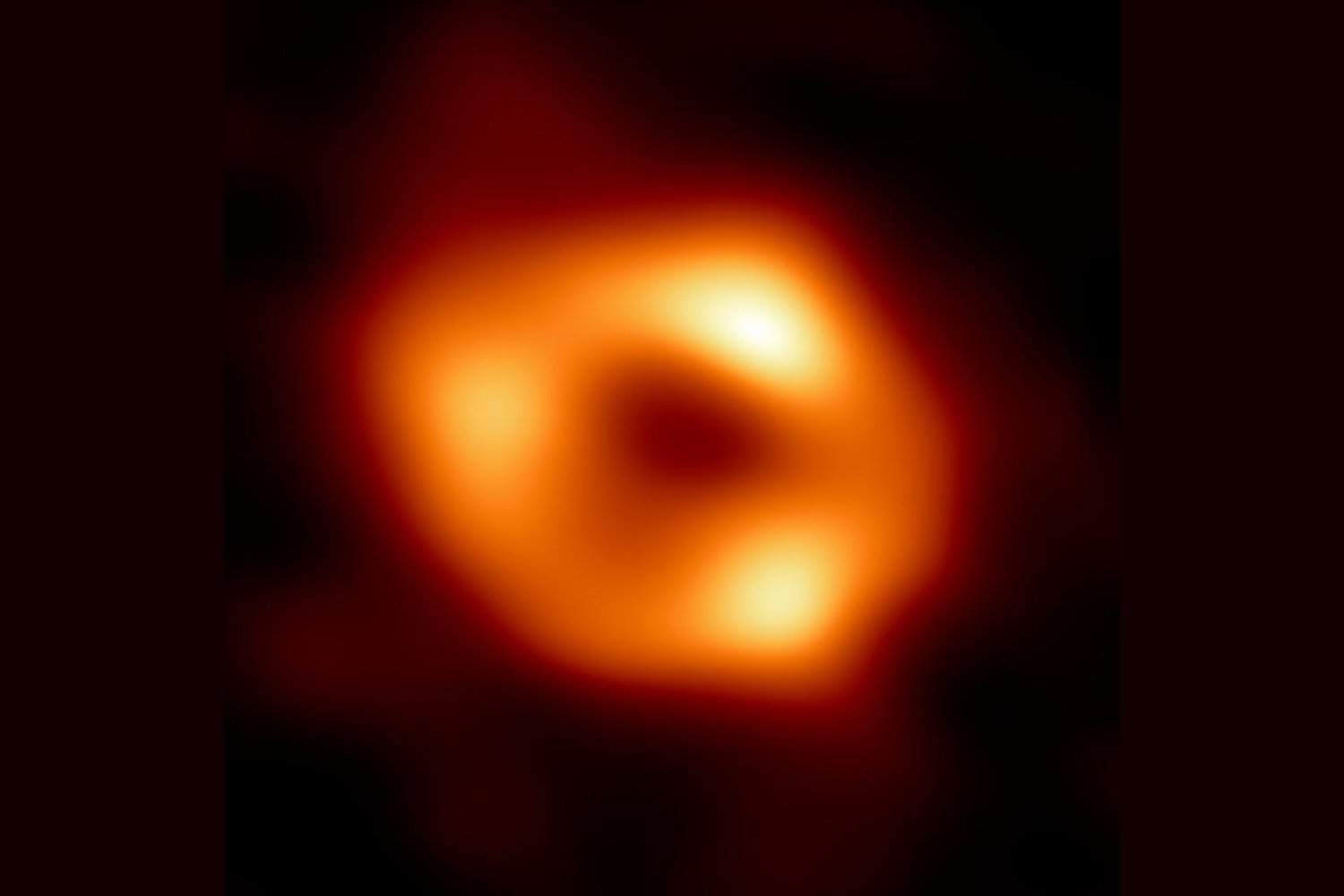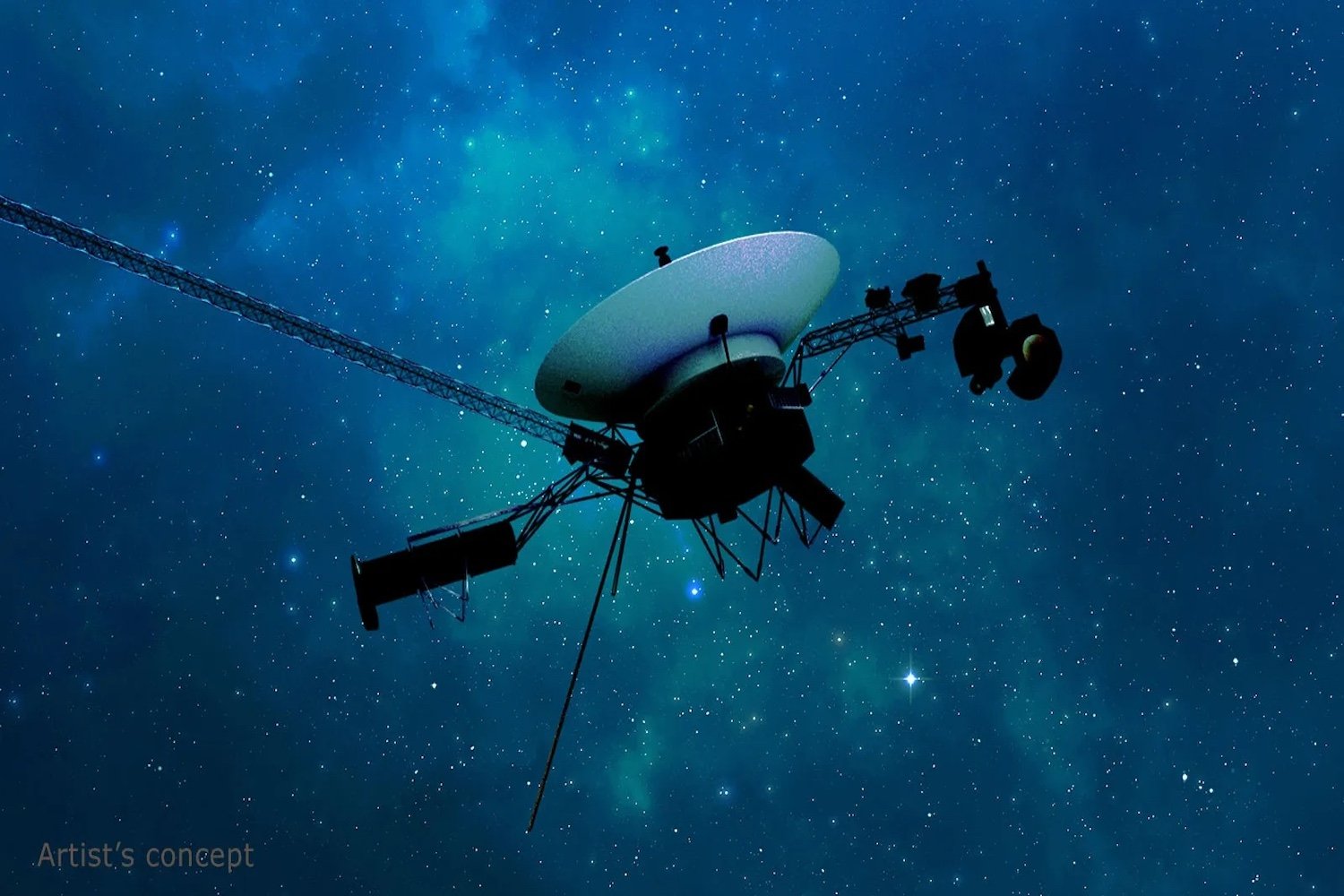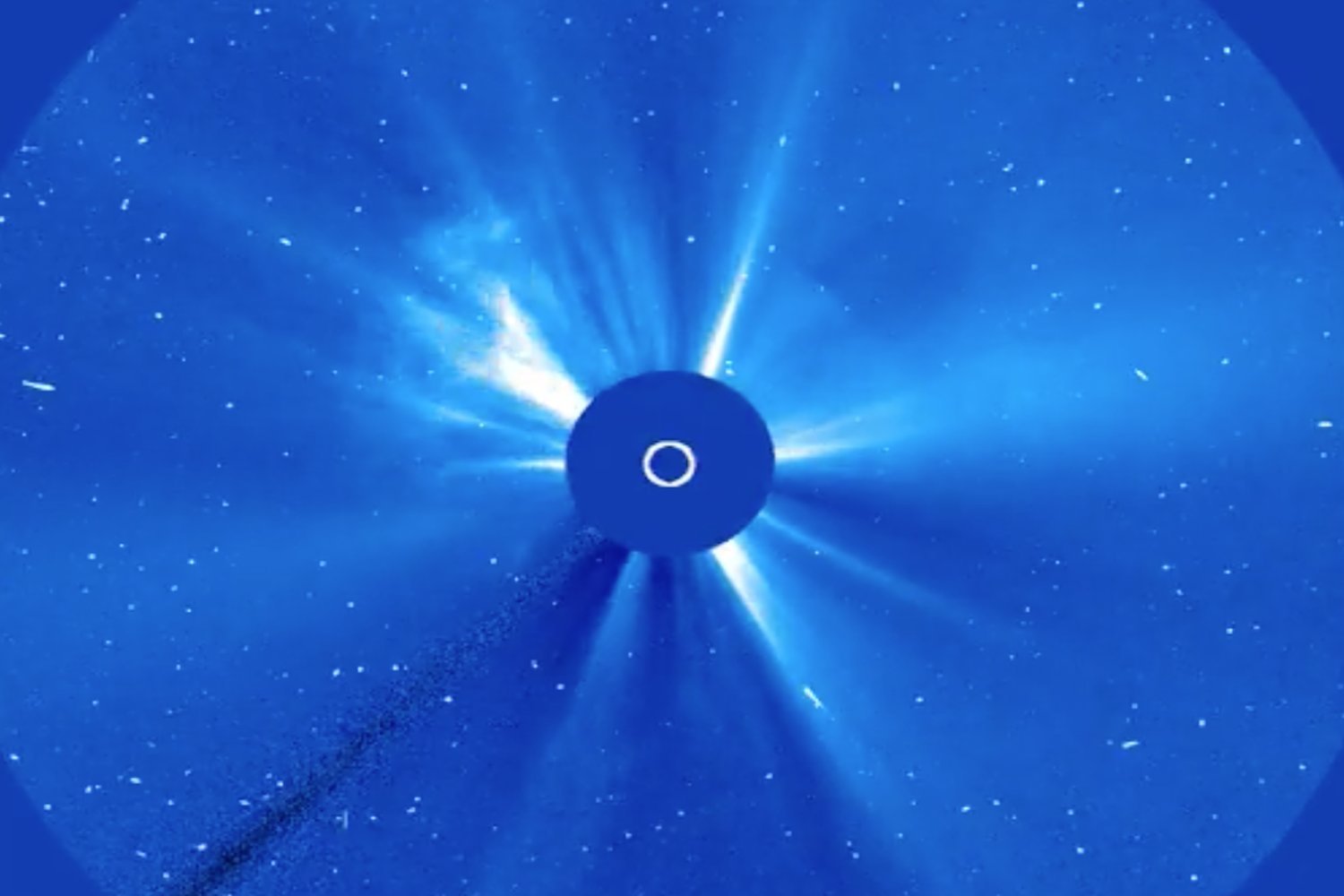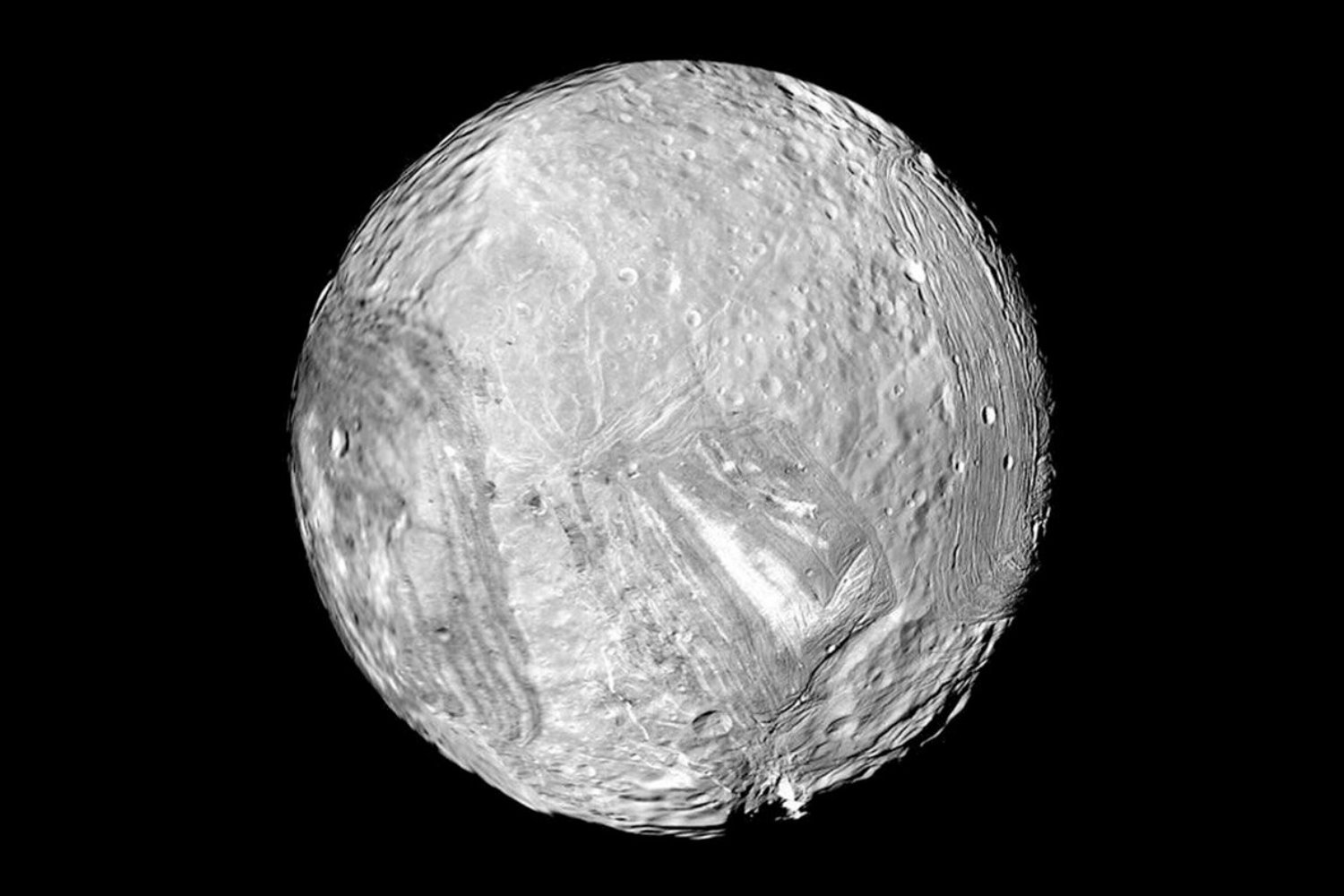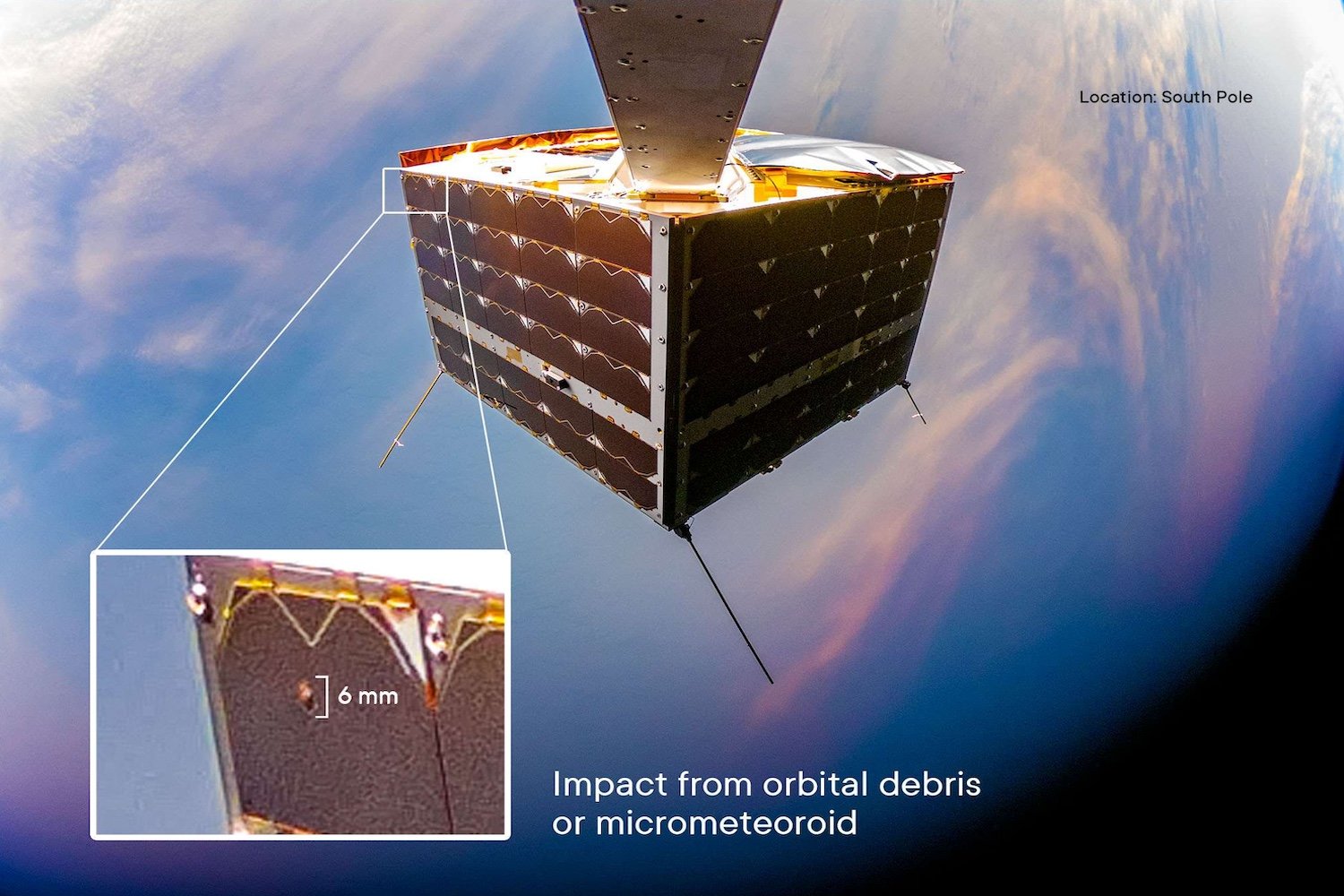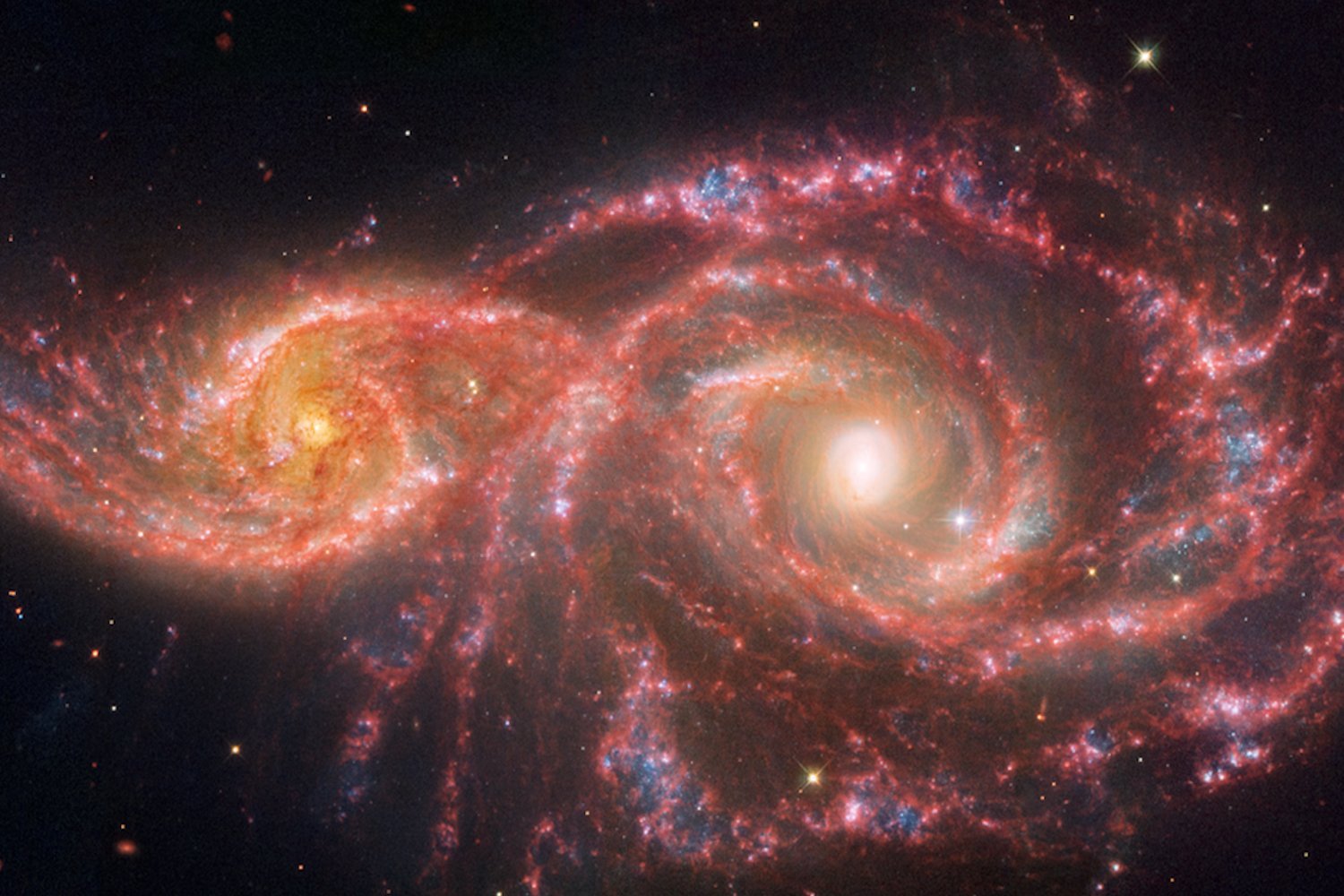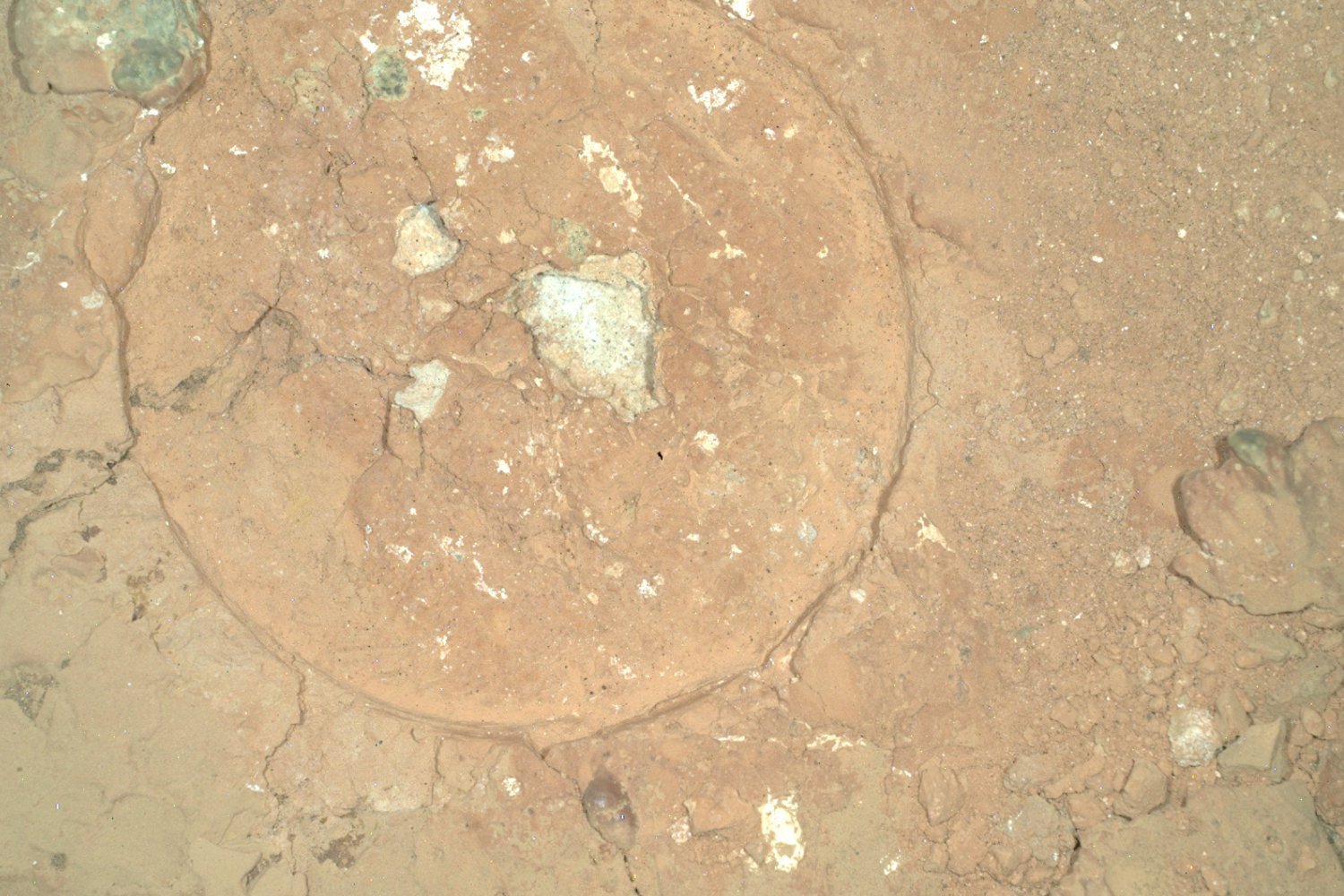Deep within the cosmos lies Pa 30 nebula, a breathtaking celestial structure resembling a cosmic dandelion, its ethereal “pollen” propelled outwards at incredible speeds. The origin of this nebula, a massive supernova explosion nearly 900 years ago, remained shrouded in mystery until recent advancements in telescope technology allowed for a closer examination.
In 2023, astronomers from Dartmouth College and Louisiana State University observed unusual filament formations within the nebula, emanating from its core like delicate dandelion seeds. Building upon this research, scientists have now successfully mapped these filaments in three dimensions, providing unprecedented insights into this ancient cosmic event.
The story of Pa 30 nebula begins in 1181, when astronomers in Japan and China documented the appearance of a new star. This celestial newcomer vanished after six months. Centuries later, in 2013, amateur astronomer Dana Patchick, analyzing images from NASA’s Wide-field Infrared Survey Explorer (WISE) telescope, identified a nebula in the same region where the ancient star was observed. Located 7,500 light-years from Earth in the Cassiopeia constellation, astronomers subsequently concluded that this nebula, Pa 30, was the remnant of the supernova witnessed in 1181.
Nebulas are vast, luminous clouds of ionized gas and dust. Pa 30 is a unique example of a supernova remnant nebula. At its heart lies the remnant of the exploded star, boasting a scorching surface temperature of 360,000 degrees Fahrenheit (200,000 Celsius), dwarfing our Sun’s 10,000 degrees Fahrenheit (5,500 Celsius). Furthermore, this stellar remnant is expelling material at an astounding 620 miles (1,000 kilometers) per second.
“The material in the filaments is expanding ballistically,” explained Tim Cunningham, a NASA Hubble Fellow at the Harvard and Smithsonian Center for Astrophysics. “This indicates the material hasn’t been slowed down or accelerated since the initial explosion. By tracing these velocities back in time, we can pinpoint the explosion to almost precisely the year 1181.”
To gain a more comprehensive understanding of the filaments’ structure, Cunningham and his team utilized the Keck Cosmic Web Imager (KCWI) in Hawaii. By analyzing the varying energy levels of light emitted by the nebula, they constructed a 3D map of the filaments. The asymmetrical shape suggests that the original supernova explosion was also asymmetrical. A peculiar cavity, up to 3 light-years wide, separates the central star remnant from the filaments, likely formed when the explosion obliterated nearby matter.
A standard image of the supernova remnant is like a static photograph of fireworks,” said Christopher Martin, a physics professor at Caltech and co-author of the study published in The Astrophysical Journal Letters. “KCWI provides something akin to a movie, allowing us to measure the motion of the explosion’s remnants as they expand outward.”
The reason behind the nebula’s unique shape remains an open question. Cunningham suggests a shock wave might have condensed the expelled dust into beams, but further research is needed. Even after nearly a millennium, the mysteries of Pa 30 nebula continue to intrigue scientists.



